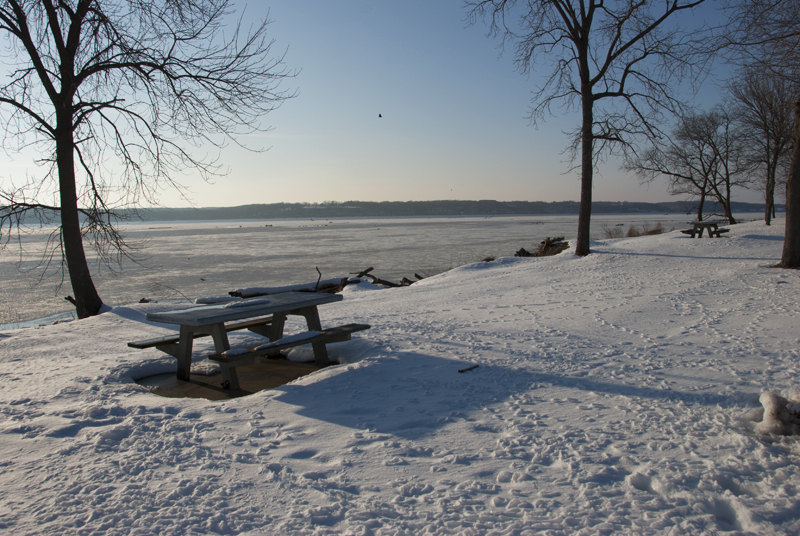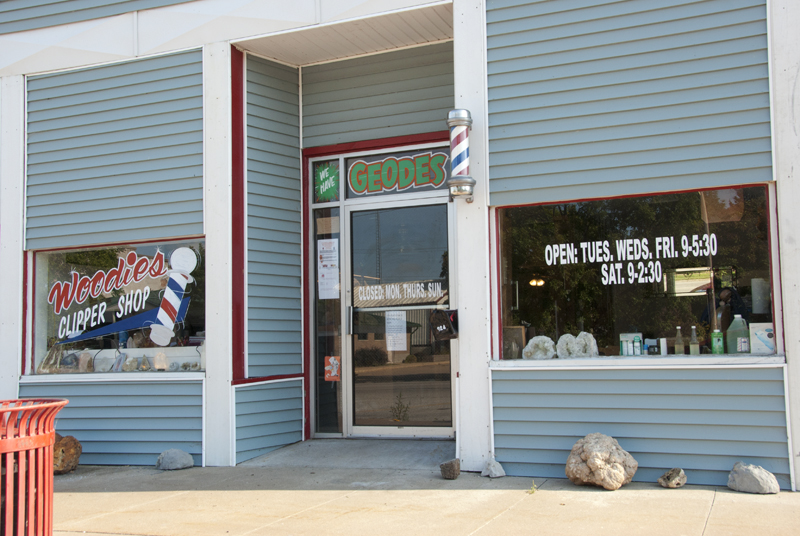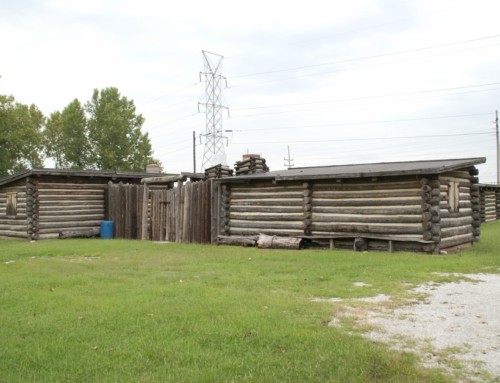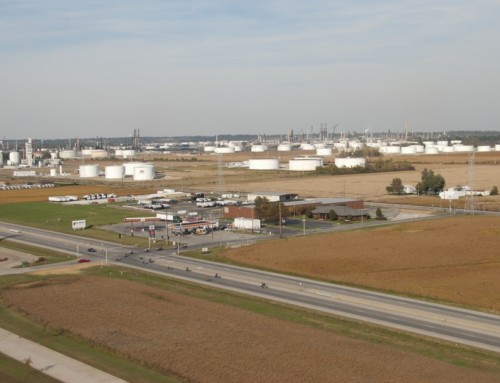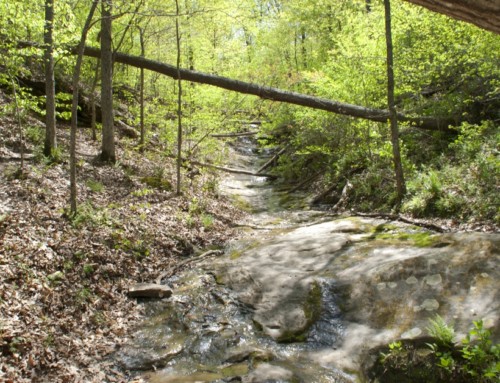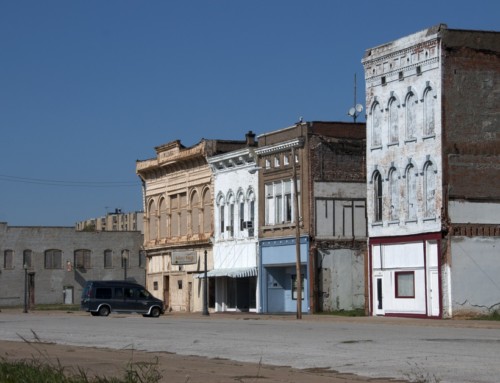Visitor Information
Direct your questions to the village office (1010 Broadway St.; 217.847.2936).
History
At the time that Illinois became a state in 1818, most of the land around present-day Hamilton was owned by John Kernell, but he apparently never lived on it. When New Hampshire native John Gordon built a log cabin around 1833, he and his family were probably the first Europeans to move into the area.
A village called Montebello was platted in 1832 at the downstream end of the Des Moines Rapids, not far from the steepest part of the rapids, an area called the English Chain. Montebello had a steamboat stop until 1891, a post office beginning in 1830, and ferry service for many years before fading away; most of the former village site is under water today thanks to the dam at Keokuk. While the village disappeared, the name Montebello lives on for the township.
In 1852 a group that included John Gordon’s son, Samuel, platted a new village. Gordon contributed a 160-acre tract that his father had bought in 1832 for $150. Some of the streets that were part of that original plat were never developed because they flooded regularly. The founders considered and rejected many names for their village, including Bartlett (Bryant Bartlett was an early settler who ran a ferry until the bridge put him out of business), Rapid City, Gordon, and East Keokuk. Instead, they picked Hamilton because Artois Hamilton of nearby Carthage was the wealthiest of the early investors, and they hoped he would invest generously in the community. It worked, more or less.
Artois Socrates Hamilton was a native of Massachusetts, born in 1795. He married Atta Bentley in 1827 and left her in New York state with their four children in April 1835 to find a place out west with better economic prospects. In late June he decided that Carthage, Illinois, was the place to be, so, after several weeks of sleeping in a wagon, he bought a house and sent for his family; they joined him in mid-August. Artois did very well at farming and used some of his money to buy a house in town in 1836 that he turned into a hotel; it was a big hit.
A few nights before Joseph and Hyrum Smith were murdered, the hotel hosted an unusual collection of guests, including: Illinois Governor Ford; Wilson and William Law, Robert Foster, and Francis Higbee, all former Mormons who became very public critics of the LDS church; and Joseph and Hyrum Smith, the heavily criticized founders of the LDS church. How’d you like to have been a dinner guest that night?
After the Smith brothers were murdered at the Carthage jail, Artois Hamilton went to the jail and retrieved their bodies, brought them to the hotel, and built pine coffins for them, while also providing safe haven for Mormon leader John Taylor who injured in the attack on the jail but survived. The next day, Artois joined the procession that took the Smith brothers’ bodies back to Nauvoo, a trip that took six hours. He apparently declined compensation for all of his efforts.
By 1850, Artois was the wealthiest man in the county, but his money didn’t protect him from tragedy. In July 1851, an outbreak of cholera erupted at Carthage and hit the Hamiltons especially hard. Artois lost his wife, two children, and a sister; he was sickened by cholera, too, but survived. Artois married Susan Smith in 1852 and built a new hotel in Carthage, around the same time that the new village down the road was platted. Artois died on July 4th, 1873 in Carthage having never lived in the village that bore his name.
The new village of Hamilton got the area’s post office 1853 and incorporated the following year. Hamilton got a little bigger in 1859 when it annexed the nearby city of Oakwood, which then became the city’s 3rd ward.
Some early residents were eager to keep the wrong kind of people out of town, so on June 8, 1856, a hundred men and women carried out a Carrie Nation-style raid. They met at the post office, hatchets in hand, and stormed the store of Jacob Ryley—a known liquor seller! —and proceeded to destroy his stock. Not yet satisfied, they then convinced a widow who lived nearby in a tent to sell the barrel of booze that she owned, then they destroyed that barrel, too. In spite of these aggressive tactics, liquor settled into Hamilton, anyway.
The town started a growth spurt after the Civil War, sprouting industries like cigar manufacturing, fertilizer production, lumber mills, and more. The city counted nearly 1,400 residents in 1860 and maintained a population of a thousand or so residents until the 1960s. Nearly four dozen buildings went up between 1887 and 1936 (and many went down in an 1889 fire), mostly in the business district on Main Street and on Broadway. The new businesses included a soda fountain, a jewelry store, quarries, the Gem Theater, and three hotels. Patrons could reach these businesses by crossing the city’s wooden sidewalks.
Charles Dadant, born in Vaux-Sous-Aubigny, France in 1817, settled in Hamilton in 1863 with the intention of growing grapes. When that didn’t go as well as he hoped, he turned to bee-keeping, starting a family business that is now run by the sixth generation of Dadants. A self-styled “bee-culturist”, Dadant tended multiple colonies of bees to produce honey and beeswax. His son, CP (Camille Pierre), ran the company next and was one of the key figures in getting the Keokuk dam built. The Dadant company is still going strong today as the US’s largest manufacturer of beekeeping supplies and as the publisher of The American Bee Journal.
In the late 19th century, the Riverside Sanitarium (sometimes advertised as Riverside Water-Cure) was a popular spa. For $8-$15 a week, guests could enjoy Swedish baths, magnetic healing, massages, and mineral water cures using water from an Artesian well that was nearly 600 feet deep. The spa closed in 1900; during the construction of the Keokuk dam (1910-1913), the former spa buildings housed some of the construction workers. The building burned down in 1913.
Wildcat Springs Park might today be best known for its geodes, but it was busy with Chautauquas in the early 20th century. Chautauquas were traveling shows that featured a variety of educational and entertainment-oriented programs under big tents. Visitors might hear a lecture on women’s suffrage or self-improvement, or be entertained by singers, ventriloquists, and magicians. Among the well-known personalities who appeared at a Chautauqua in Hamilton were attorneys Clarence Darrow and William Jennings Bryan.
In the 20th century, a popular place to swim and hang out was the Lakeview Club. Residents went there to dine at the riverfront restaurant, dance, or swim on the beach. The club operated from roughly 1914 to 1960. The building still exists but it is part of a private residence now.
Even though it was on the Mississippi River, Hamilton was a pretty busy place for trains. The Mississippi and Wabash railroad reached Hamilton in 1858, the first of several that passed through. The first river crossing for railroads, the Keokuk & Hamilton bridge, opened in June 1871; it was replaced with a new bridge that opened in 1916. The Keokuk & Western Electric Inter-Urban trolley connected the cities of Keokuk, Hamilton, & Warsaw from 1903 to 1921.
Ivy Wild was an artist commune in the 1920s just south of town at the home of Alice Green; she was known to hold a séance at the drop of a hat. The community included a few artists and painters, one of whom, George Upp, was rather successful. In 1965, Keith Wilkey wrote about a visit he once made to Ivy Wild:
This visitor visited Ivy Wild in 1931 and remembers Mrs. Green and the strains of weird music being played on a music saw and vibrations of the tines on a pitchfork in the dimly lighted room filled with animated snakes, stuffed animals and the gutteral raspings of a live parrot.”
From: Quincy Herald Whig, July 4, 1965, page C4
Hamilton sustained considerable damage on the evening of April 8, 1999 when a tornado ripped through the city of 3,000 residents; 29 homes were destroyed and 100 damaged.
Hamilton today is mostly a bedroom community, but it still has some industry, like the Dadant Company. Many also know it as a favorite place to hunt for that perfect geode (see below).
Exploring the Area
The area around Keokuk, Iowa and Hamilton, Illinois are well-known to folks who like to hunt for geodes, those magical round rocks with a crystalline center. There are several places in the area to find geodes (see here for a complete list; most charge a fee), including at well-picked-over Wildcat Springs Park.
Parks Along the Mississippi River
The 15-miles of Illinois State Highway 96 between Hamilton and Nauvoo make for one of the more scenic drives along the Mississippi River. Take advantage of the multiple places to pull over for a picnic or just to stare at the river.
Sports & Recreation
Aside from searching for geodes, Wildcat Springs Park (N. 7th St.) is also a nice place for a picnic, to play a round of disc golf, or to laze in the sun on a pleasant day.
Entertainment and Events
Farmers Market
Hamilton’s farmers market runs Thursdays (3p-6p) at City Park (142 N. 9th St.).
Festivals
Hamilton celebrates its natural heritage with Geode Fest in September, held in conjunction with neighboring Keokuk.
**Looking for more places to visit along the Mississippi River? Check out Road Tripping Along the Great River Road, Vol. 1. Click the link above for more. Disclosure: This website may be compensated for linking to other sites or for sales of products we link to.
Where to Sleep
Camping
Wildcat Springs Park (840 N. 7th St.) has 16 sites, 12 of which have electric, in a shady but compact area.
Resources
- Hamilton Public Library: 861 Broadway St.; 217.847.2219.
- Post Office: 1160 Broadway St.
- Newspaper: Hancock County Journal-Pilot
Community-supported writing
If you like the content at the Mississippi Valley Traveler, please consider showing your support by making a one-time contribution or by subscribing through Patreon. Book sales don’t fully cover my costs, and I don’t have deep corporate pockets bankrolling my work. I’m a freelance writer bringing you stories about life along the Mississippi River. I need your help to keep this going. Every dollar you contribute makes it possible for me to continue sharing stories about America’s Greatest River!
Hamilton Photographs
©Dean Klinkenberg, 2024, 2021, 2018,2013,2011



